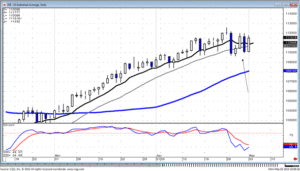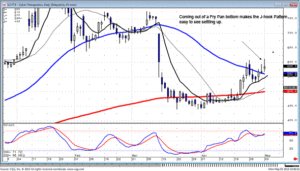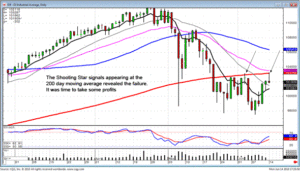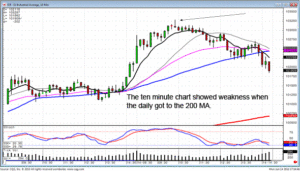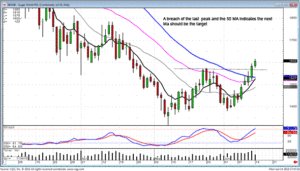Oftentimes the best stock advice is very simple. The best stock advice should lead to the most stock portfolio profits, the best stock trading profits, and the best containment of investment risk . Best stock advice should not be confused with stock tips . The best stock advice has to do with learning how to trade stocks , how to pick stocks, and how to manage investments. The old saying is that if I give you a fish you will eat for the day and if I teach you how to fish you will eat for lifetime. Therefore the best stock advice is to learn to search for and analyze stocks for both long term investing and for day trading . It is to learn how to manage investment capital and it is to learn how to spot investment opportunity in the continual fluctuation of stock prices . Learning the use of Candlestick analysis gives long term investors and traders an effective tool for anticipating changes in market sentiment and subsequent stock price changes.
Although dividend stocks can provide an investor with a steady return on investment it is stock appreciation that provides the lionfs share of stock profits. The best stock advice is, thus, to learn how to anticipate stock price appreciation. Long term investors look for two basics, a margin of safety and intrinsic stock value . A margin of safety in the form of unencumbered hard assets and cash in hand provides a company, and its stock price, protection in times of economic difficulty and stock market crashes . Intrinsic stock value is the forward looking income stream of a company and is the key to expected stock price appreciation. The best stock advice for a long term investor is to pick stocks with both strong growth prospects and sufficient cash or hard assets to help them weather an occasional economic downturn. That leaves the issue of when to buy stock and when to sell stock . With the use of Candlestick pattern formations the investor as well as the trader can pick and choose when to most profitably enter and exit a stock position.
The best stock advice for traders is to learn how to choose promising stocks to trade and to learn the skillful use of technical analysis tools such as Candlestick charts . While investors seek to profit from stocks with long term growth potential, stock traders take advantage of the fact that stock prices rise and fall. Traders profit from selling short, trading options, and buying at the bottom of price curves as well as selling at the top during a market reversal . With the skillful use of technical analysis with Candlestick patterns traders commonly profit during periods of confusion and market volatility . With Candlestick signals as a guide, traders avoid the pitfalls caused by the psychology of trading . They can trade profitably in up and down markets and sometimes the best stock advice is to sit out trades when the market makes no sense. It is a little like the movie, War Games, in which the young man teaches a computer that there are no long term winners in tic tac toe. The use of Candlestick signals gives the trader as well as the long term investor a rational means of trading the stock market based upon market history and the fact that trading patterns repeat themselves. Typically the best stock advice is simply to follow Candlestick signals and trade accordingly.
Cut your losses short and let your profits run! That is the Sage advice that all professional money managers tell their clients. Unfortunately there is one major flaw in that advice. They never tell you “how” to cut your losses short and let your profits run. Fortunately, candlestick analysis provides very simple stoploss processes that show when to get out of a bad trade situation and when to continue to hold. Today’s market action is a prime example of entering when the probabilities were extremely good that the Bulls had taken over but then the bullish signal was negated, indicating any weakness in long positions should warrant closing long positions.
Candlestick analysis works for all trading entities. Join us tonight as Brad Powell will demonstrate how his Right Angle Trading techniques produces huge trading advantages when trading ETF’s.
Chat session tonight is at 8 PM ET.
The Candlestick Forum Team
Eliminating Emotions With Candlestick Analysis Book – 25% OFF!!
Website special reflects current newsletter. If you are reading an archived newsletter you will be directed to the Current Website Special
